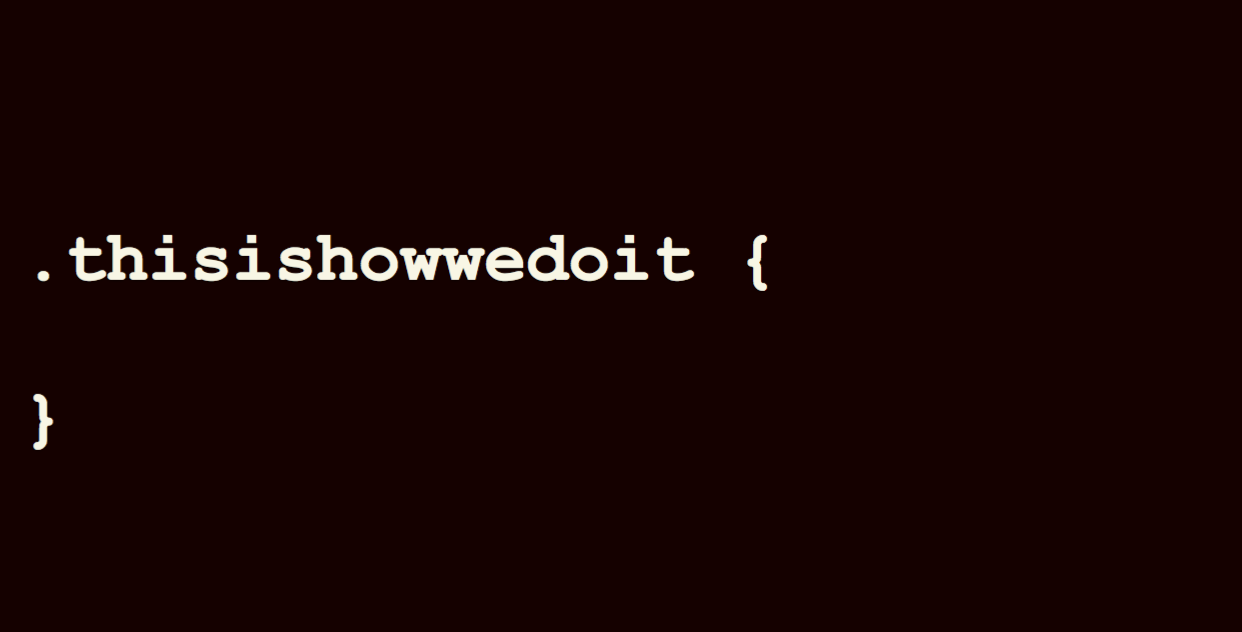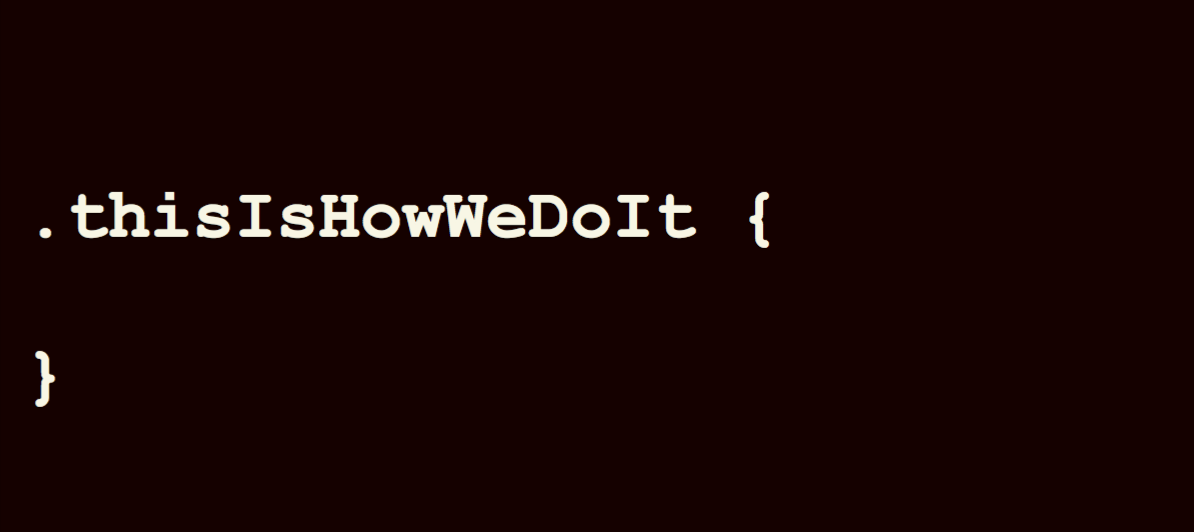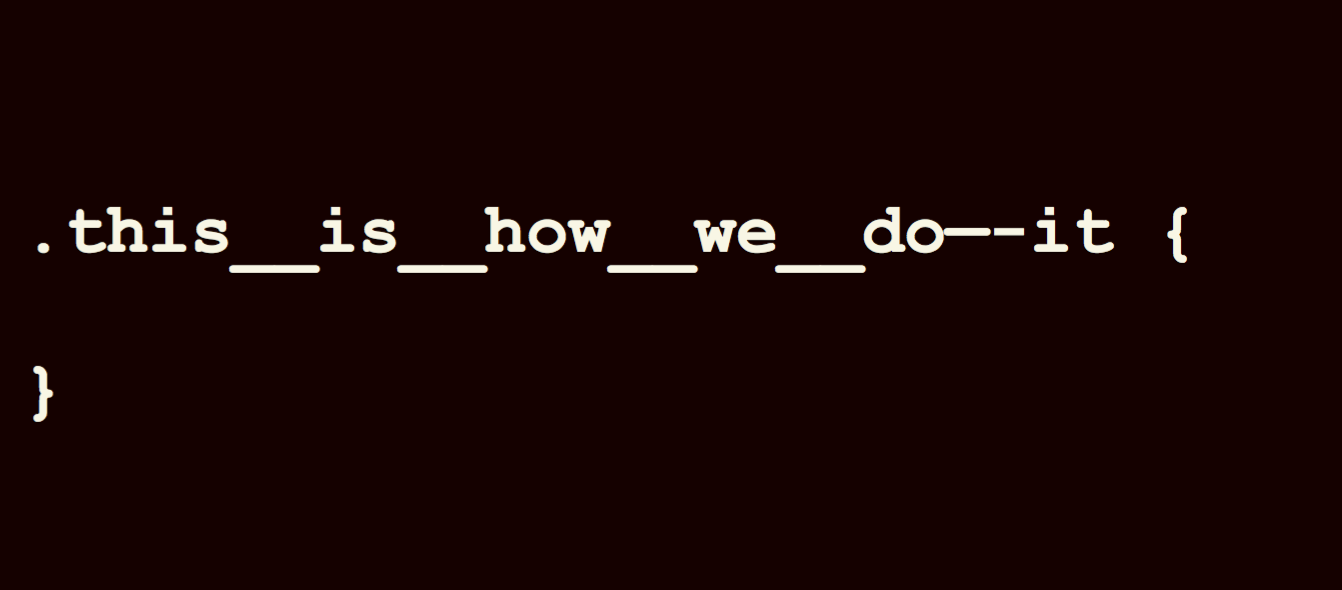Style Guides: Best Practices and Workflow for Web Developers
By tset
Style Guides: Best Practices and Workflow for Web Developers
With responsive websites being an expectation in today's web landscape, we need to maintain the complexity and flexibility of a system by designing and building individual components that move and reflow within layouts. Style Guides are a mechanism to style most (if not all) of your site's themable elements in one place, and have quickly become the foundational tool for tackling an increasingly-diverse web landscape. Getting greater theme coverage allows your site builders and content managers to dynamically add new pages and layouts to your site, all while keeping the look and feel intact and maintaining a consistent experience for the end user. Style Guides give designers and developers a platform to create a shared vocabulary, building out components of a system instead of ‘pages’ to a website, and deciding on markup together. This session will feature best practices for creating Style Guides, as well as outline other essential tools for theme development and collaboration.














